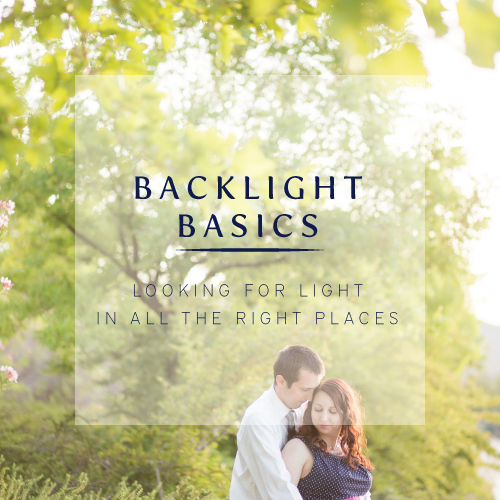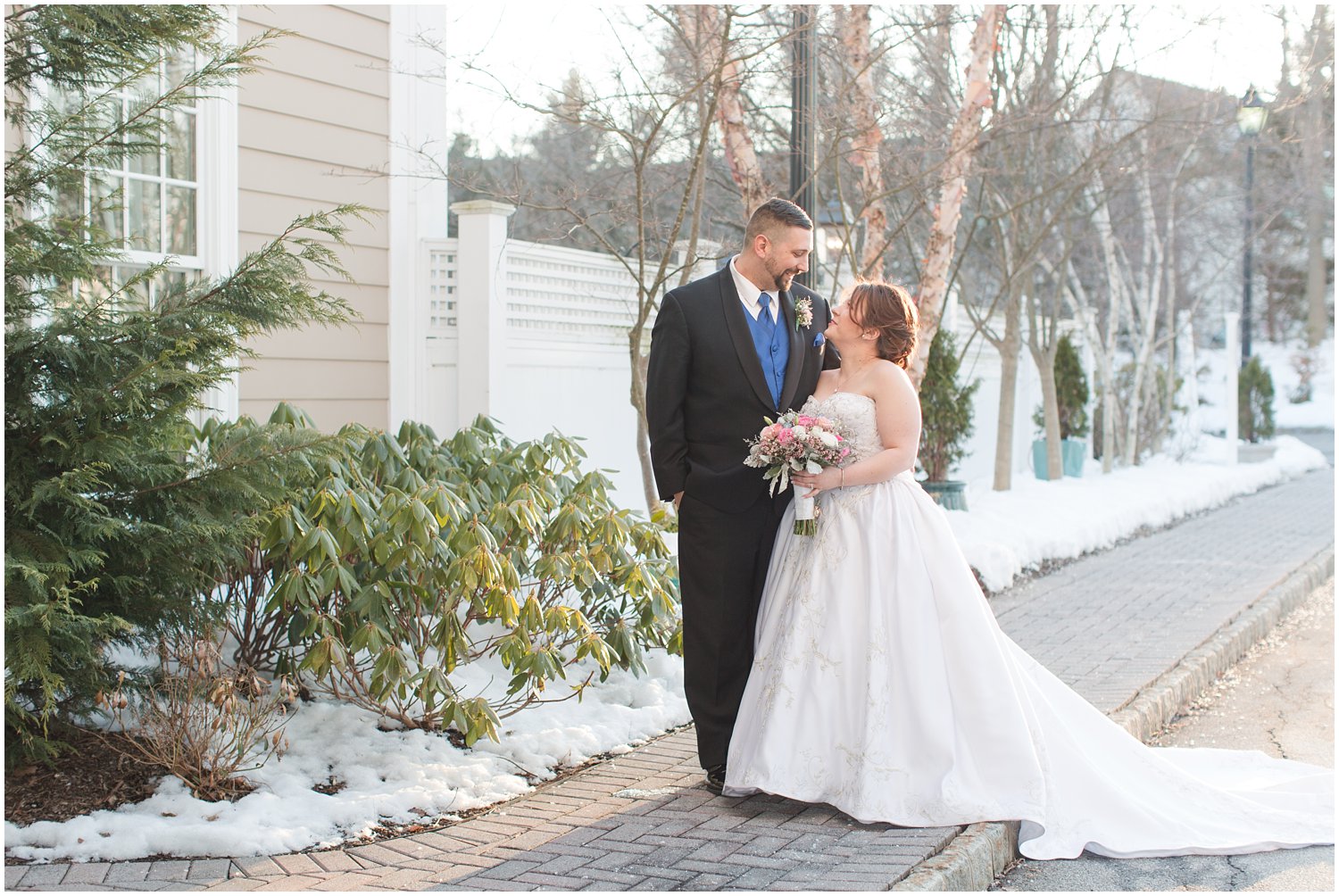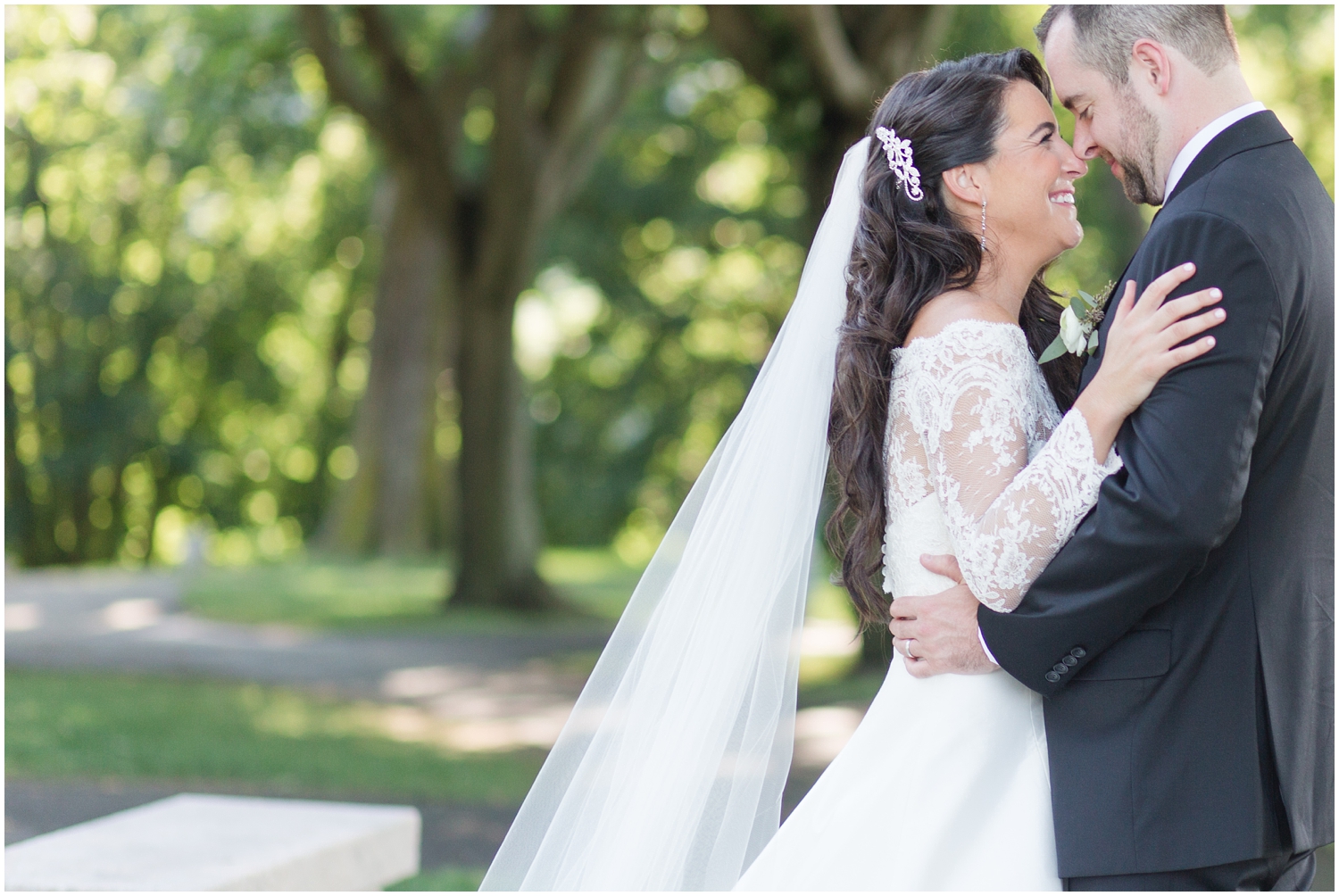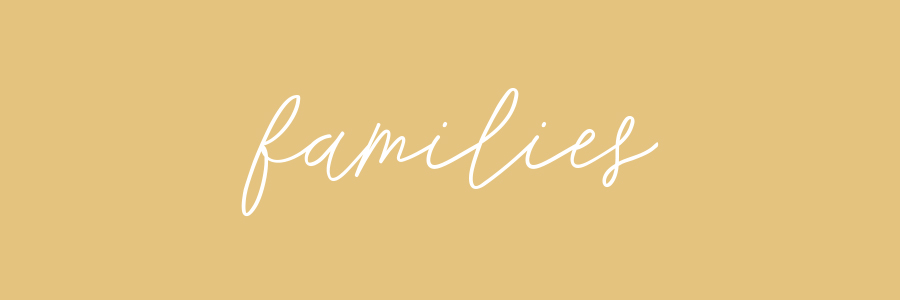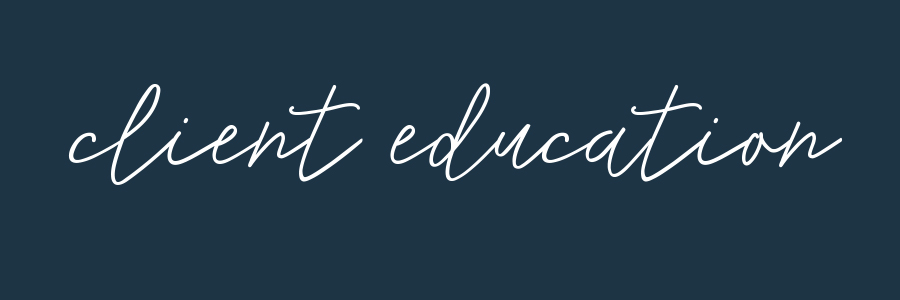How $150 can turn into 150 (or more) HOURS of saved time! (video)
/As creative entrepreneurs and small business owners, managing time and workflow is on the priority list for almost all of us. Its something we have to practice and tweak and constantly manage. And for those to whom it just comes naturally...I am green with envy! Personally I am always open to learning about ways to help save time and increase workflow efficiency and when I find a resource that does just that, I can't help but make sure others understand what this resource can also do for them!
For this reason, I'm still a little surprised about how long it took for me to jump on the Photomechanic bandwagon. I had seen it mentioned countless times in fb groups and blogs, but from what I could tell it essentially did the exact same thing that I could already do in Lightroom. I saw people singing its praises over and over, but no one ever went into great detail about WHY it was so great. They just kept spouting off phrases like:
- "Its the best $150 you'll ever spend!!!!!"
- "I don't know what I EVER did without it!!!!!"
- "Now that I have it, I can't believe it I ever used to NOT use it. What the heck was wrong with me?!?!?! !"""
And yes, that is an exorbitant amount of exclamation points and no I am not exaggerating about their use in above said posts.
Despite all of this praise, I just never "got it" until I someone (my favorite photography duo, Amy&Jordan) actually explained it to me during their workshop earlier this year.
I go into the benefits of Photomechanic in my Top 5 Tools for New Photographers post as well, but here is a basic breakdown. There are two MAJOR benefits to using Photomechanic:
- Speed of culling
- Saved space on your hard drive
Speed of culling
When you open your images in Photomechanic they render immediately. Anyone who has used Lightroom before knows that once you import the images they can take FOREVER to render for viewing. If your catalog is bogged down or if your computer has some processing issues this issue can be exacerbated. No one wants to sit in front of their computer waiting for images to load for (sometimes) hours. The fact that images render immediately in Photomechanic literally saves you hundreds of hours over the course of your business life. And we all know what we can do with hundreds of hours! We can put that time back into our business or spend time with family or go on VACATION!! Can I get an AMEN!?
Saved space on hard drive
When you cull in Photomechanic, you tag the images you want to save. Then you copy those images on to your hard drive and then import into Lightroom. Therefore images that you never intended to keep anyway NEVER end up on your hard drive taking up valuable space. We all know how expensive storage space can be and so saving gigabytes of info from never even making it to your hard drive is absolutely worth the $150 price tag of Photomechanic alone!
Honestly, this was the reason I decided to bite the bullet and invest in this program. I was tired of taking hundreds of images into my hard drive and Lightroom only to provide less than 40 to my clients. So many images were test shots or blinked eyes or OOF etc...and I just don't even need to see those images again, nor do I have time to go back and delete them. Photomechanic takes all of that away and I am able to transfer ONLY the keepers on to my hard drive. #Winning
I also want to show a video of my exact workflow from inserting my SD card into my computer to final import into Lightroom. Despite its benefits, the Photomechanic interface isn't necessarily the most user friendly (in my opinion anyway) so I thought it would be beneficial to walk through in real time an actual import of images.
*Note- If you aren't interested in listening to my intro in which I talk mostly about what I discuss in the above post, start the video at 4:40 to see the actual workflow on the screen!
I hope you found this helpful and as always, any questions, just let me know in the comments or shoot me an email!
***I have no association with Photomechanic and they have no idea I am posting this. I just love their product and had to share! ****




